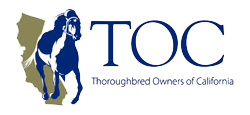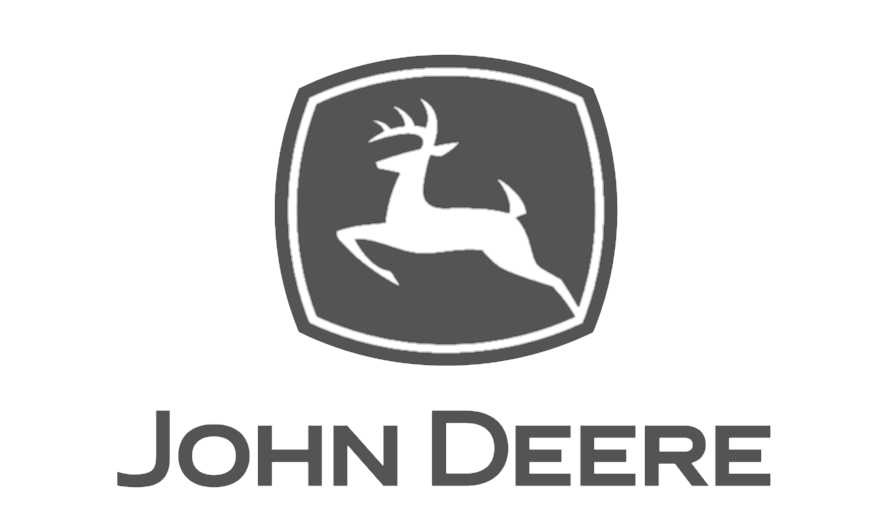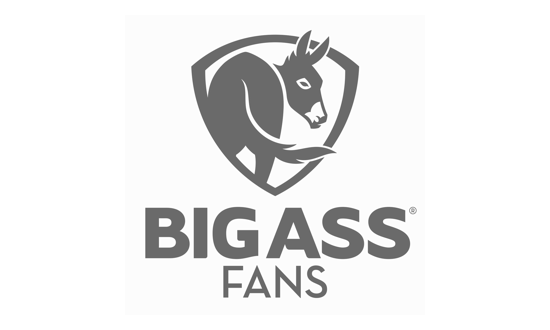Early conditioning, early detection, and time off are the keys to keeping bucked shins from raising havoc in your barn.
By Tracy Gantz
Mention the words “bucked shins” to trainers, especially those with a barn full of two-year-olds, and you’re likely to see a pained expression cross their faces followed by a loud groan.
Bucked shins—technically an inflammation of the periosteum covering the front of the cannon bone—are painful, take horses out of training, and cost owners time and money. If not caught early, they can lead to stress fractures, nasty injuries that are difficult to heal.
But here’s the good news. Many problems associated with bucked shins can be avoided and some horses can bypass the condition altogether with proper management. The keys are early conditioning, early detection, and giving the horse time off when needed.
Caesar Dominguez and Clifford Sise often win with precocious two-year-olds. Both trainers are only too well acquainted with bucked shins. When they back off of a youngster that shows signs of a shin problem, they find that their horses return stronger and better. For example, after Whitewinesipper demolished her competition in her racing debut at Hollywood Park, Sise gave her a breather because of a minor shin problem and she returned to win the Generous Portion Stakes at Del Mar.
Sise said that a myth persists that a horse will not buck its shins if it isn’t raced at two. Though he pointed out that horses shouldn’t race at two if they aren’t physically mature or if their pedigree suggests they will do better as older horses, he finds that horses unraced at two will often buck their shins at three.
“You don’t want to miss the early three-year-old season,” Sise said. “There is a lot of opportunity and money there for a horse to win. If you start training a horse at three and he bucks his shins, he doesn’t break his maiden until late in the year. Then the horse is four and where are you?”
Dominguez breaks his horses in November and December of their yearling season. If they buck their shins in January, he can give them the time they need without missing any racing opportunities.
“If they buck their shins, I give them 90 days at the farm—not 95, not 100—90 days,” Dominguez said. “They are happy at the farm, and they come back so good. They’ve put on weight, and they have a very good attitude.”
Horses buck their shins because their bones are remodeling as a response to exercise and training. The thinking used to be that if you wait on horses—either turn them out or simply gallop them before bringing them to the track—they wouldn’t buck their shins. However, research has shown that a young horse’s bones will remodel correctly if it receives short speed drills.
“It’s better to train them at two instead of just kicking them out into the pasture,” said racetrack veterinarian Joe Dowd, “because with training the dorsal medial cortex is going to thicken significantly. It’s an occupational necessity if you’re going to be a racehorse.”
Dowd also emphasized that some horses shouldn’t race at two for reasons unrelated to their shins. “Some horses are just not bred to be precocious,” he said. “They have immature bone. But you don’t want to take a horse like that completely out of training. You need to build the bone up.”
Dowd said that bucked shins often occur when a horse has its first five-eighths work and is getting close to a race. “If you catch it early, you can back off for about 10 days and then go back to short speed works,” he explained.
Trainers and vets palpate a horse’s shins regularly. Dowd categorized shin problems into three diagnoses—1) palpably sore, 2) palpably sore with a visible bump, and 3) a show of lameness at the trot. If he can catch the horse at stage one, he can treat the horse conservatively, the owner and trainer won’t lose much time, and—most importantly—the horse won’t suffer a stress fracture. Stress fractures can require surgery and can recur.
“You’ll never get a stress fracture if shins are caught early,” Dowd said. “They are completely avoidable.”
Dowd said that if a horse has a bump on his shin or visible lameness, he needs to be rested four to six weeks. “Mild cases might be managed just by walking for five days and symptomatic treatment such as poultice, ice, and cold-hosing,” he said. “Then you can go back to working them three-eighths and they never have to leave training.”
Pinfiring is a longtime method for treating bucked shins. The theory behind pinfiring is that it irritates the bone, causing it to remodel more quickly. However, it also irritates the skin, and although the procedure is done under a local anesthetic, it can cause residual pain to the horse. Some people believe that pinfiring only helps by forcing a rest. Others believe the procedure to be inhumane. Australia has banned pinfired horses from racing for that reason.
“People say that pinfiring saves time—that it might save 30 days,” said Dominguez. “It doesn’t save time. You pinfire them and bring them back early and then a few weeks later they get sore. You can’t pinfire them again, so you put another blister on them and give them 60 days. So now you have four months plus one month of training—you’ve lost five months before you can even start training again. My way they’re at the farm three months, they’re back running in another three months, and they don’t even know what pain is.”
A newer method of treatment is to scrape the shins. Dowd explained that a vet takes a burr on a needle and scratches the surface of the bone. Unlike pinfiring, this procedure doesn’t burn or irritate the skin. The theory is the same—to irritate the bone and cause it to heal more quickly.
“After we perform the scraping, we usually walk the horse a week, jog him a week, and then go back to galloping,” Dowd said. “The mistake people make is that they think this procedure saves time. But the key to scraping is catching the shin early.”
Another possible way to avoid bucked shins is with training regimens before the horse ever gets to the racetrack. Steve Charles, resident trainer of Lakeview Thoroughbred Farm in Lakeview, Calif., uses a shin program based on the research of Dr. David Nunamaker at the University of Pennsylvania’s New Bolton Center. The program is a precise schedule of short breezes.
“We start out with an eighth of a mile in 15-second splits,” Charles said. “We work up to a half-mile in 15-second splits, and then we go back to an eighth, but in 13-second splits. Then we again work up to a half-mile.
“You have to remodel that bone to get it more dense. Overall, we have fewer injuries with this program. Not only does it help the shins, but we don’t see too many hind-end problems or fractures of the tibia.”
Charles said the program helps horses mentally too. “We’re teaching them to rate,” he said. “If they have talent, you have to take hold of them to get them to go in 15-second splits.”
The timing of the splits is critical, Charles has found. Southern California’s good weather also helps. “If you have to stop on these horses,” Charles said, “you really have to start over because the bone won’t remodel. You can’t just pick up where you left off.”
Charles and his team put 60 to 70 horses a year through the program, now in its sixth year. Their finest graduate is millionaire Budroyale.
The research, training techniques, and early diagnosis are starting to make a difference. Dowd said that horsemen are catching problems earlier, which avoids fractures as well as the more invasive treatments. Backing off at the right time might cost you a race, but it will pay dividends with a stronger, happier horse that is likely to win many more races for you in the future.






